Page 3 of 5
Layout:
The board appears rather unspectacular, with an old style brown PCB. The only difference between this board and the Platinum Edition are the missing 128MB sideport memory and Firewire ports. It strikes us as very odd to have two versions of the same board. Gamers will put in a graphics-card anyway, but 128MB sideport memory are so cheap, so is the Firewire chip.

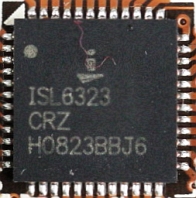
The VRM is an analog 4+1 phase design driven by an ISL6323. This is a controller made for AMD split-plane CPUs, so you won't find this on any Intel board. As expected it can handle CPUs up to 140W TDP. The CPU-power connector is only a standard 4-pin, we would liked to have seen an EPS connector which is standard on all their Intel high-end boards.
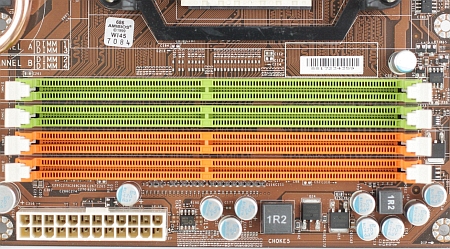
The memory slots are too close to the CPU socket. As long as you use only two modules, you can use the orange slots to keep heatpipes of some CPU-coolers away. Otherwise you have to be very careful selecting the CPU-cooler, also if you are using memory-modules with big heatsinks, such as Corsair Dominators. MSI engineers didn't quite think that through. Below the memory slots resides the ATX 2.2 power connector.
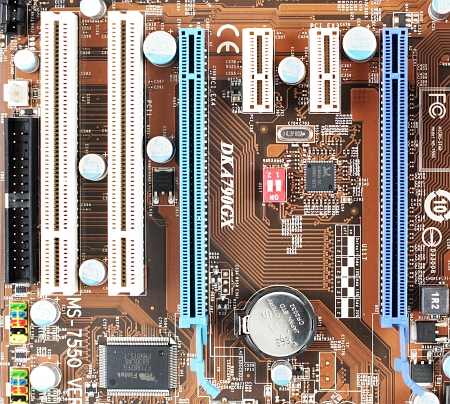
The slots are configured in typical MSI style. Using two triple-slot Radeon cards in Crossfire-configuration will steal all your slots. While this board is designed for Crossfire, the board misses an additional PCIe power socket, so you should not try saving money with a cheap power-supply, when you are planning to use Crossfire. Between the PCIe slots you find two useless jumpers. First the locations is totally wrong, you can't access them if you have a dual-slot card and dare to use something like an additional sound-card, second this jumper offers 10%,15% and 20% FSB overclocking capability. For users who want to overclock they will do it by BIOS or AMDs Overdrive Utility and non experienced users won't care, because the jumper doesn't increase all the necessary voltages.
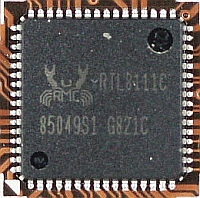
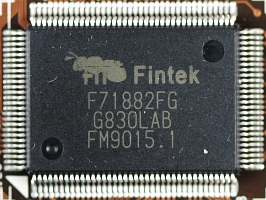
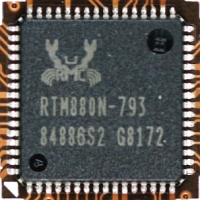
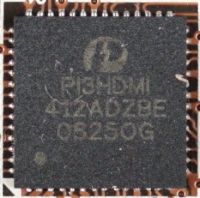
For some reason all vendors go for the cheapest PCIe Gb LAN solution on the market, which is the Realtek RTL8111C. It is not known for very good performance, especially the I/O load is quite weak. A Marvell, Broadcom or Intel chip would have been a better choice, but of course opting for a better chip would also have increased costs. Audio is also provided by a Realtek chip: the ALC888. The Fintek chip is a super I/O controller, for all legacy devices, such as floppy, LPT and COM ports but you won't find any connectors for that besides floppy, so the controller just manages fans and sensors. Also the clock generator is a Realtek chip, so it seems this board has been designed for lowest possible cost. The forth chip is used to provide HDMI.

The SATA connectors are on the edge of the board and four of them are angled 90°. This is the best solution available because the connectors won't interfere with any cards. Also the PATA connector is angled, very good. The board has only one eSATA port which has been taken from the SB750, so you get only five internal connectors which should suffice for most users. This part of the board is nearly perfect.
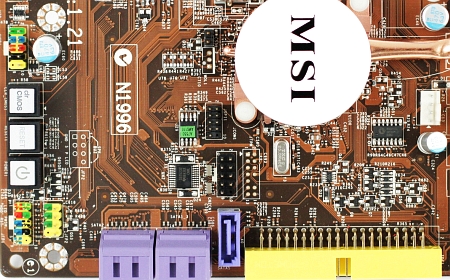
As usual all boards feature CMOS Clear, Reset and Power-On Button. While there would have been lots of space on the backpanel, for some reasons the CMOS Clear button is not there, which would have been the smarter solution.
